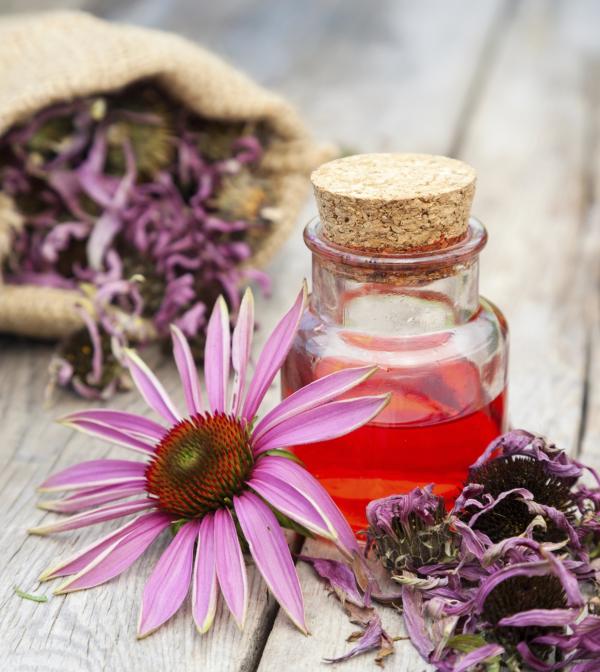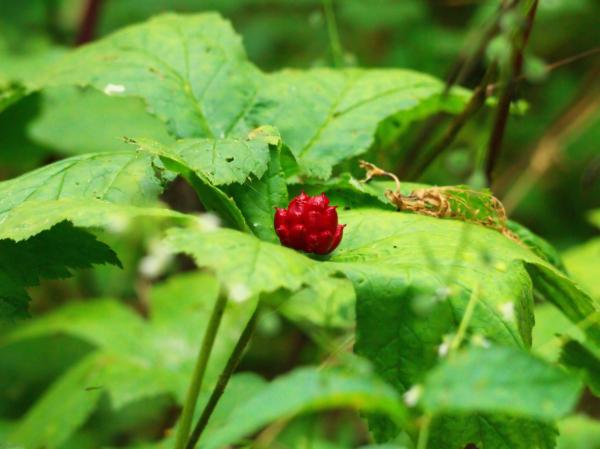Natural Alternatives to Amoxicillin


When was the last time when you suffered from cold or diarrhea and didn’t have any antibiotics? Probably a long time ago. People nowadays have become so dependent on antibiotics that the medical world fears that a time may come when antibiotics will prove to be ineffective on the human body. Amoxicillin is one such prescription antibiotic which is used widely to treat bacterial infections. If you want to know about some natural alternatives to amoxicillin then keep reading this oneHOWTO article.
Garlic
Garlic not only makes our food tasty, it also has many health benefits and is a well-know natural ingredient to fight disease. It is such a potent natural antibiotic that it can work effectively as a substitute of amoxicillin. Garlic contains allicin which is a very powerful antibiotic. 1 dose of allicin is approximately equal to 15 standard units of penicillin. Along with being a natural antibiotic, garlic also has anti-fungal property. Garlic is also antiparasitic, antiprotozoan and antiviral. It is most potent when consumed raw by crushing it or chewing it.
Echinacea
Purple cornflower or Echinacea is a native North American corn flower. For more than 400 years it was used as a traditional herbal remedy in Great Plains in Indian tribes. It has been used for a long time to treat colds, flu and other infections. It is a natural antibiotic which is used by herbalists even now to substitute Amoxicillin. Studies in the University of Maryland Medical Center’s laboratory has shown that the active substances present in Echinacea enhances the activity of immune system, reduce inflammation, relieve pain and has hormonal, antioxidant and antiviral effects. It can be used to treat ear infections, sinus infections, yeast infections and urinary tract infections. Usually a dose of one 300 mg capsule is recommended. It should be taken three times a day. If you are taking the standard extract then 15 to 23 drops daily would be enough.

Goldenseal
The potential of goldenseal can be understood by the fact that it is one of the top five selling herbal products in the U.S. It has also been used since a long time ago due to its antibacterial and antifungal properties. The chemical component of goldenseal is berberine which is both an antibiotic and disinfectant.Native Americans used it for numerous health concerns such as skin diseases, gonorrhea and ulcers. According to the Herb Guide, it can be used to treat several common bacteria that would require the use of Amoxicillin, including:
- Chlamydia
- E. coli
- Salmonella
- V. cholerae
- Streptomyces
- D. pneumoniae
- Giardia lamblia
- Pseudomonas
- S. dysenteria
- T. vaginalis
- C. diphtheria
- N. gonorrhoea
- N. meningitides
- Candida albicans

Colloidal silver
Colloidal silver is known for being both antibacterial and antiviral, which is why it's commonly used to cure colds, pneumonia, asthma and other lung-related issues. Physicians have been using silver salts for centuries, though it has moved over due to the high potency of pharmaceutical drugs. If you have never taken colloidal silver as an alternative to Amoxicillin, we advise you to always consult with a professional practitioner before taking it.
Take two spoonfuls of colloidal silver maximum twice a day to notice improvement. Note that it will be a lot slower than taking regular prescription antibiotics.
Oregano essential oil
If you are taking Amoxicillin due to a bacterial infection, then oregano essential oil is one of the best options for you, especially if you notice some of the side effects of Amoxicillin such as Asthma or rashes.
Instead, the oil extract from oregano has anti-bacterial and anti-fungal properties that come from is carvacrol and thymol contents. It is useful for allergies, bronchitis, fungus, gingivitis and athlete's foot.
To use oregano essential oil, use two to three drops and mix in a glass of water and two drops of coconut oil, as this is also another great antibacterial that, combined with oregano essential oil, will boost your defenses.
Salt and baking soda
If you have been prescribed amoxicillin for a nasal infection such as sinusitis, then the best thing you can do is create your very own nasal solution made with salt, baking soda and purified water (not directly from the tap).
To make your nasal solution, heat the purified water and add one quarter teaspoon salt and one quarter teaspoonful baking soda.
Cover your head with a towel and inhale the vapor coming from the nasal solution you just prepared. Blow your nose directly afterwards i a sink, one nostril at a time. You should perform this remedy twice a day to improve your sinuses.
This article is merely informative, oneHOWTO does not have the authority to prescribe any medical treatments or create a diagnosis. We invite you to visit your doctor if you have any type of condition or pain.
If you want to read similar articles to Natural Alternatives to Amoxicillin, we recommend you visit our Drugs & supplements category.
Tips
- Though studies have proved the amount of health benefits of coconut oil, the antibacterial properties of this natural remedy are questioned by Medical authorities such as the FDA, which is why you should not rely on such natural remedy under any circumstance and make sure you are always monitored by a professional doctor.






